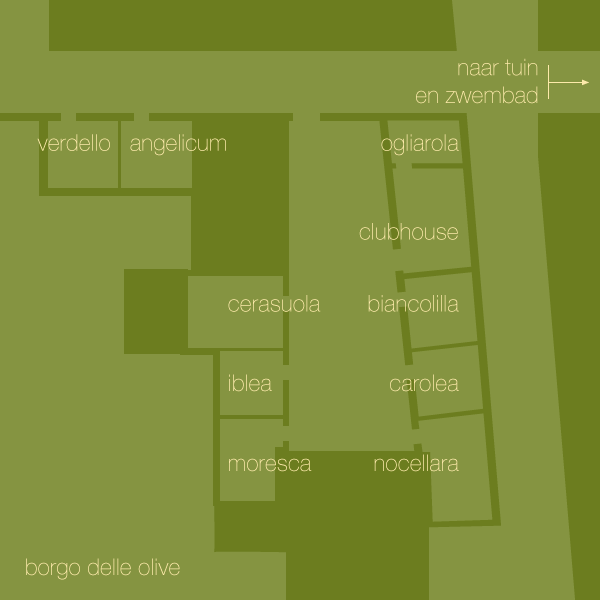Visiting Palermo, part 1
You’ve probably already concluded that we belong to the group that thinks Palermo is fantastic. We could write a whole book about this wonderfully chaotic but atmospheric city. On this page we start our photo tour through Palermo. Enjoy!
Palermo was once also the capital of the Norman kingdom, but experienced its peak in the period before, during the Arab rule. In addition to Norman and Arabian buildings, you’ll also find various baroque gems in Palermo, a wonderful blend of architectural styles and periods!
The Palazzo reale (or Palazzo dei Normanni), the royal palace, was built by the Arabs and a century later, in the 12th century, rebuilt by the Normans, when Roger II went to live there.
There is a beautiful chapel from the Norman period in the palace, the Cappella Palatina. It took eight years to build the royal chapel and the result is impressive:
The San Giovanni degli Eremiti church is located near the royal palace. This church was made by Arab and Norman artisans on behalf of Roger II. The church is special because of the square shape and the red domes, both clear Arabic characteristics. The church also has a garden in which you will find the remains of a monastery.
If you walk back to the Palazzo dei Normanni and walk around it, keeping the palace on your right, you will arrive at the Porta Nuova, built in 1535.
The interior of the Cathedral of Palermo is not as impressive as that of the Cathedral of Monreale and looks, certainly in comparison with the splendor of the duomo in Monreale, fairly austere.
Arrivederci in Sicilia!


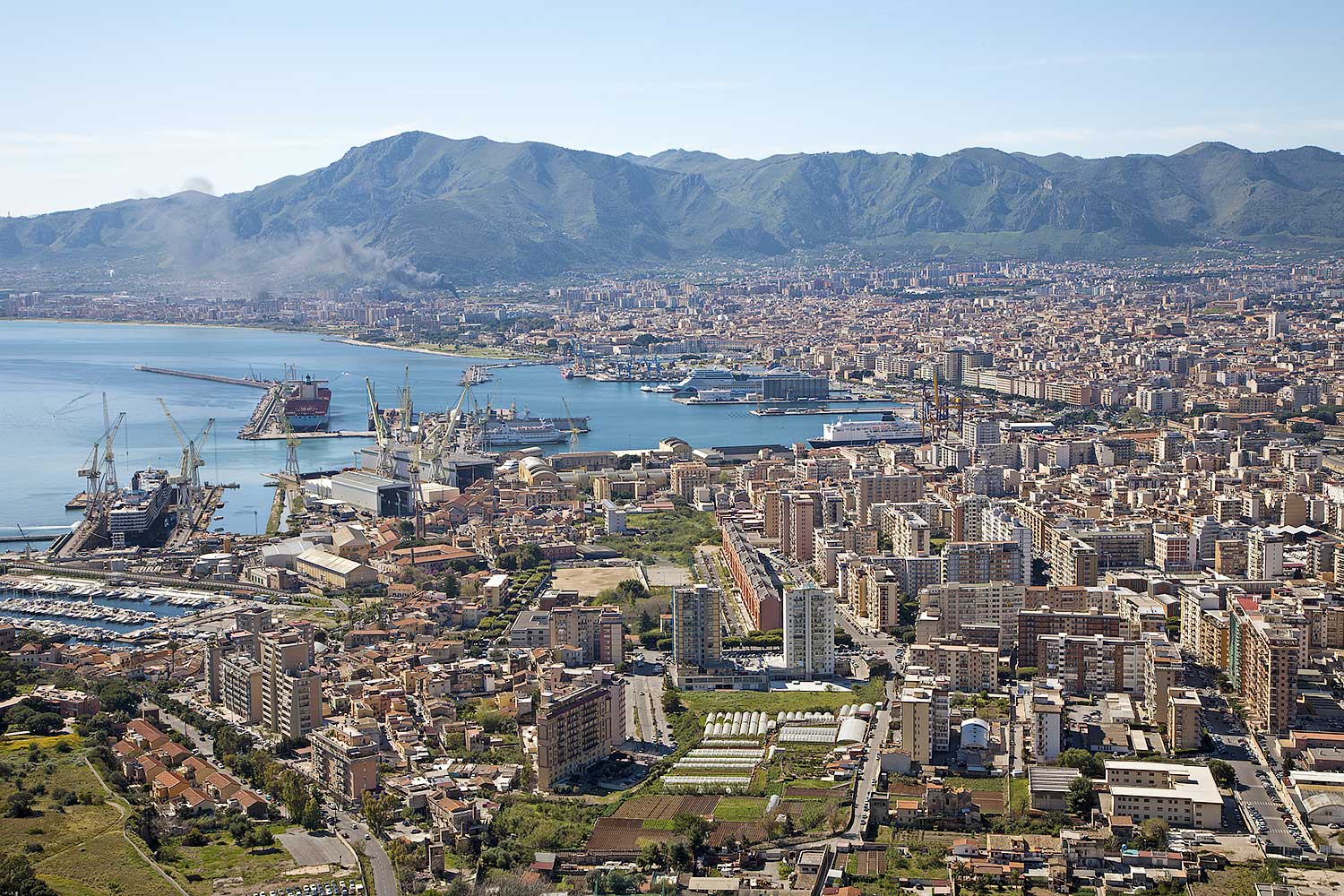
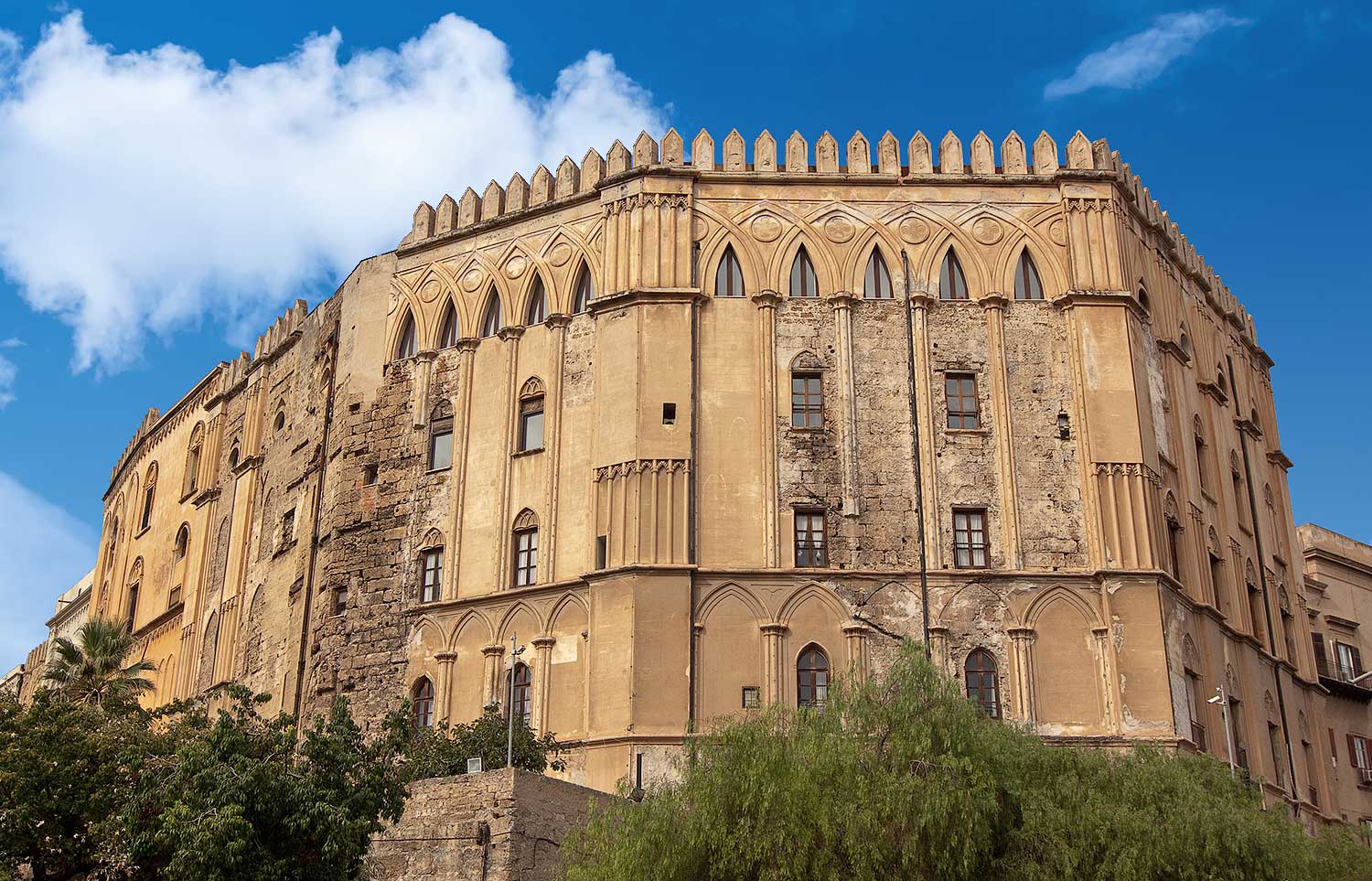
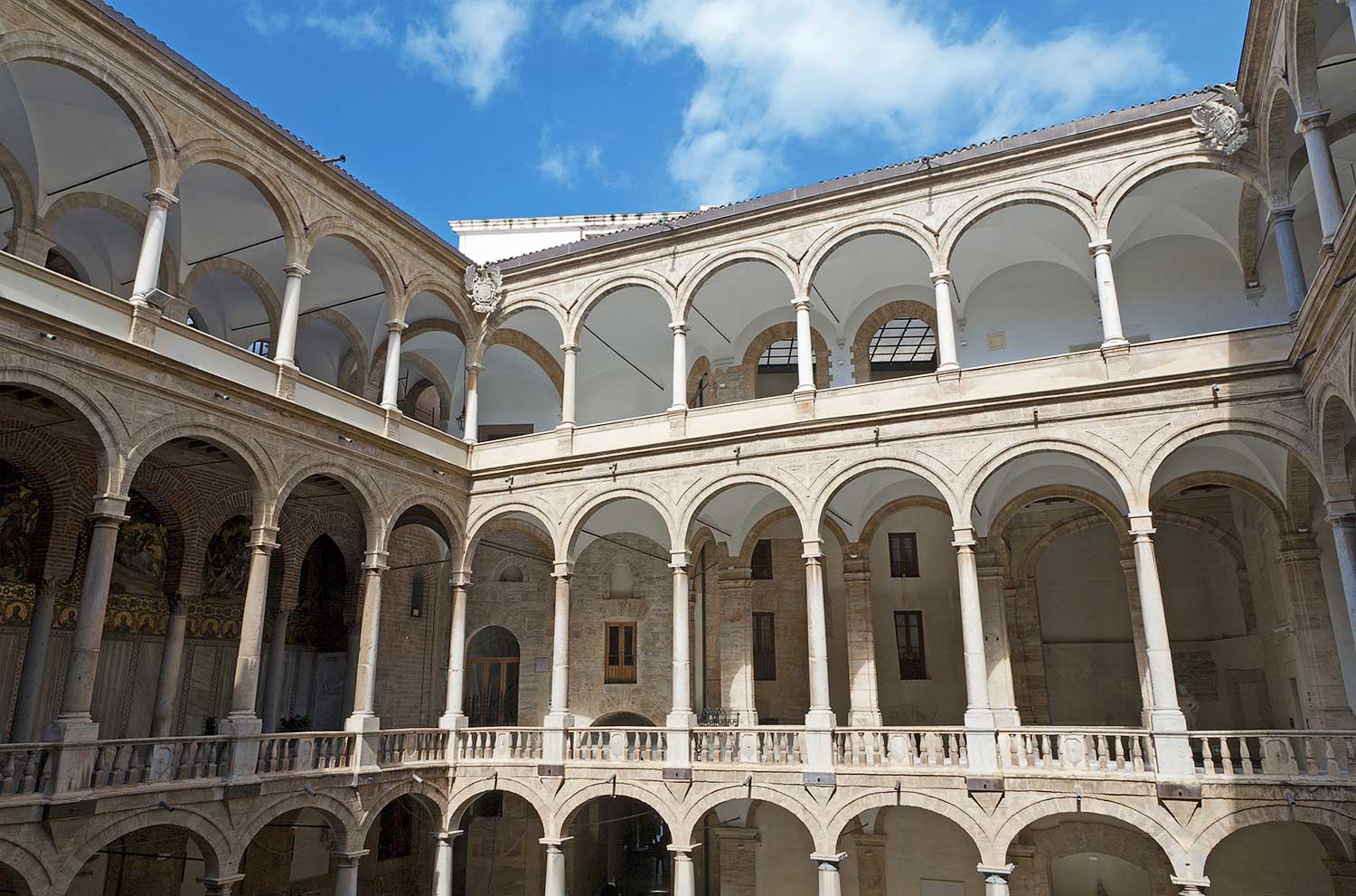
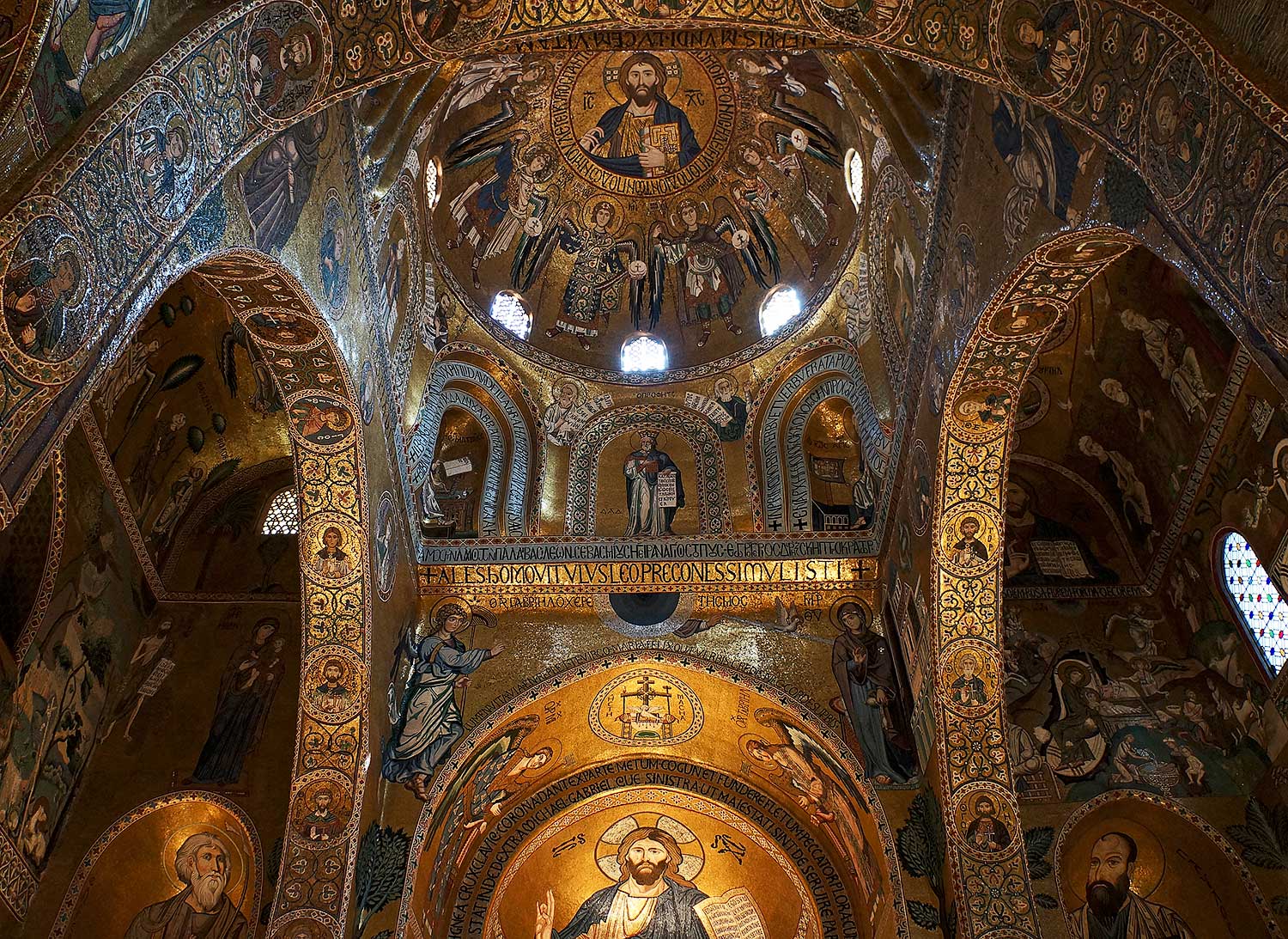
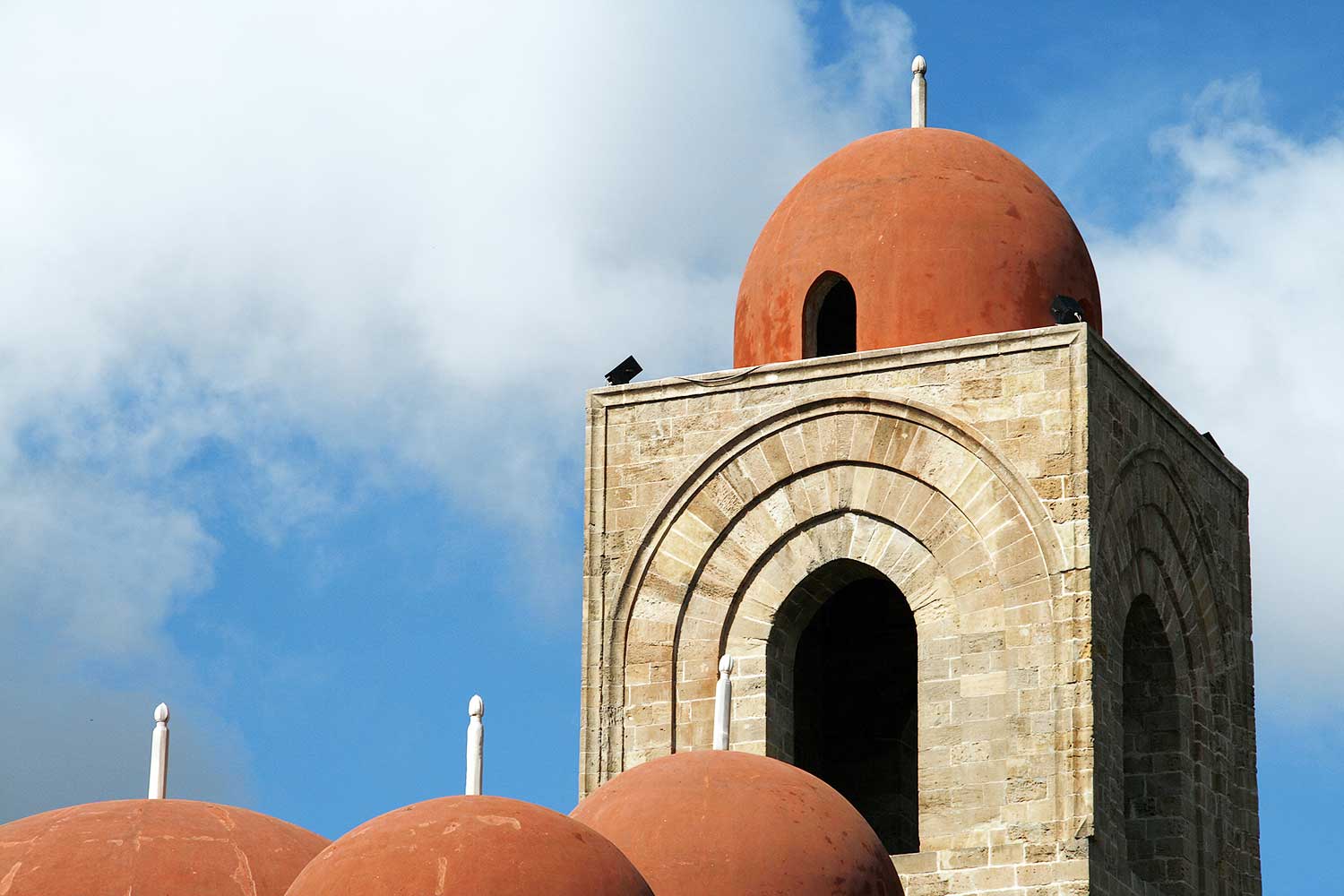
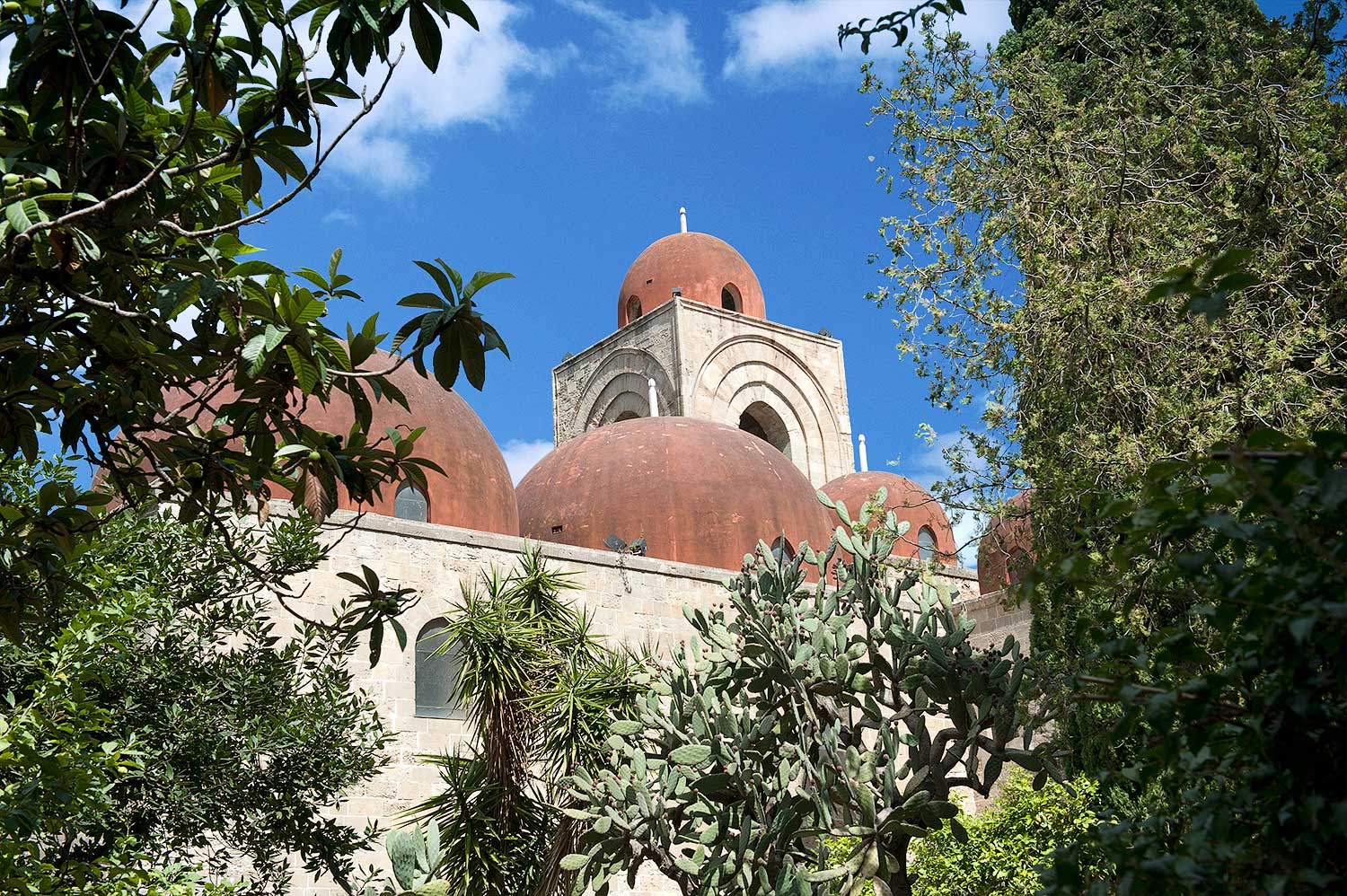
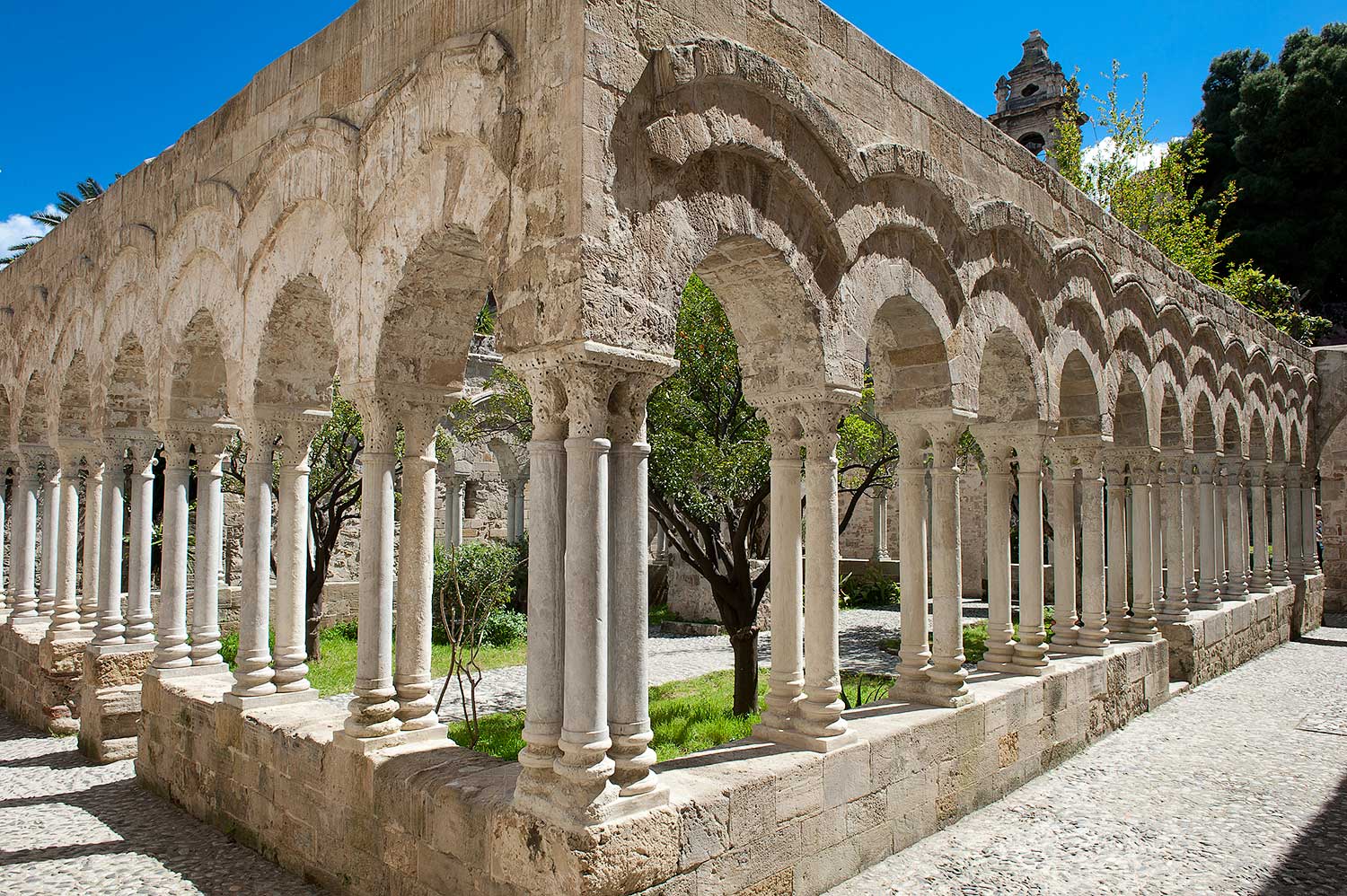
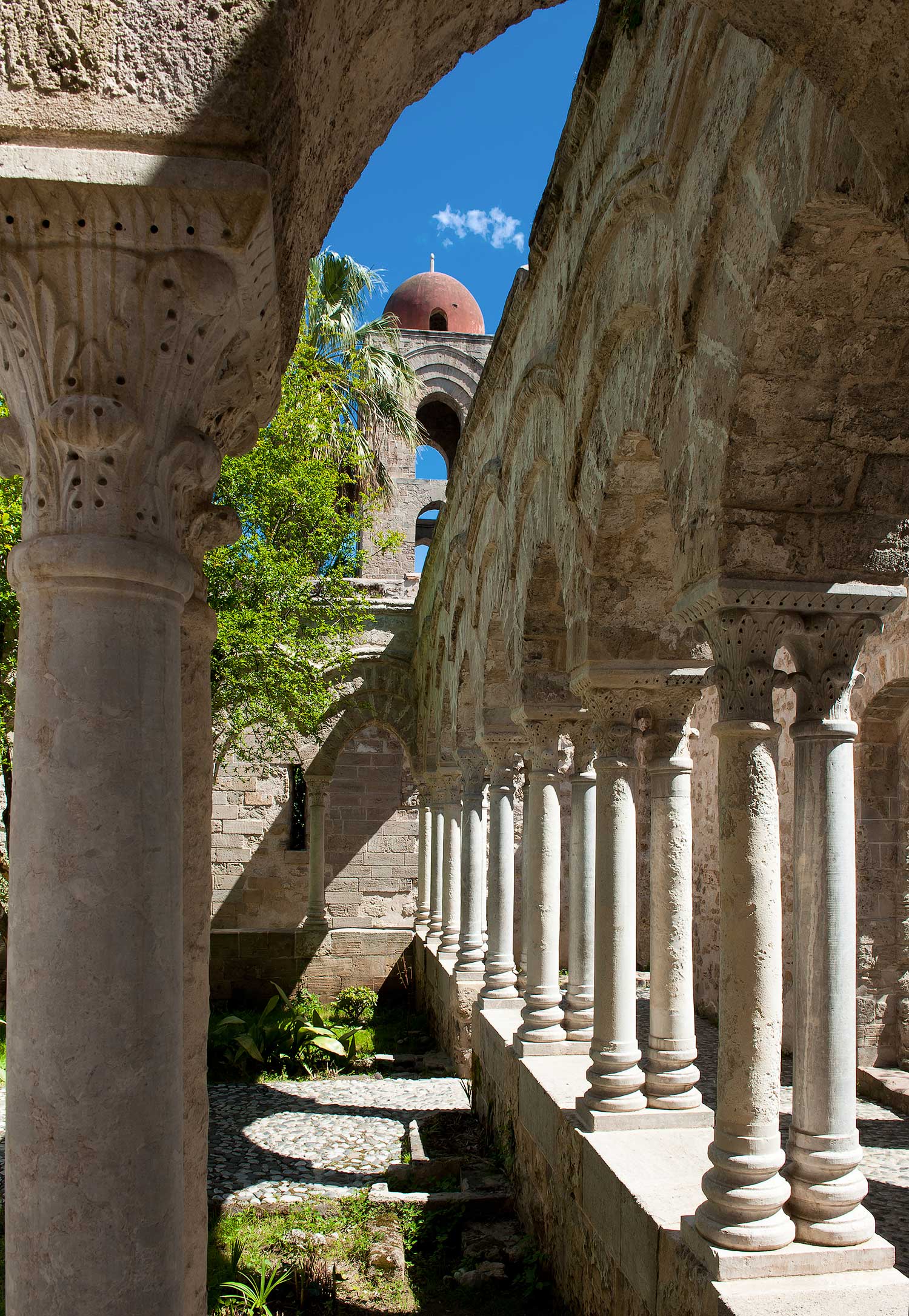
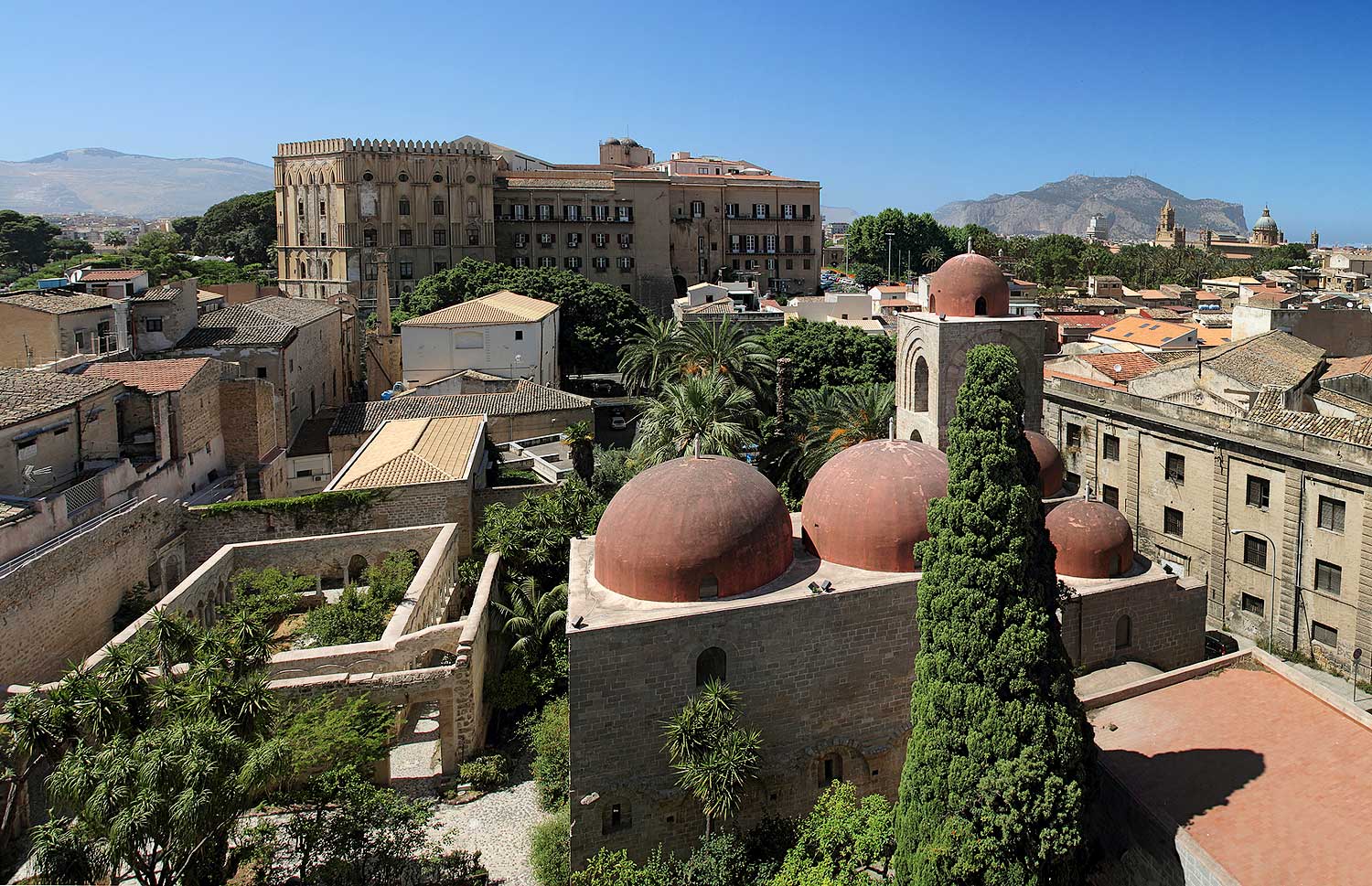
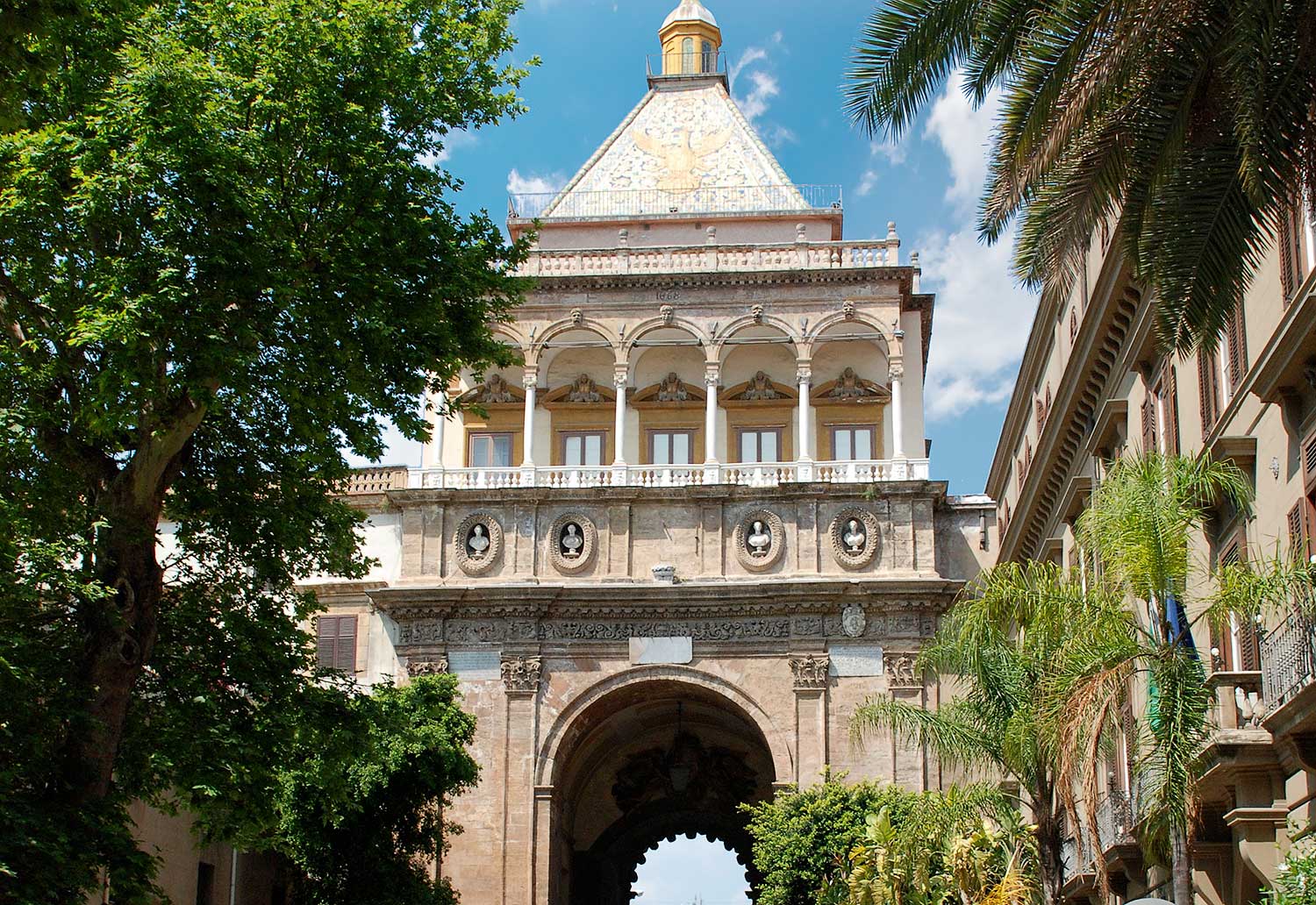
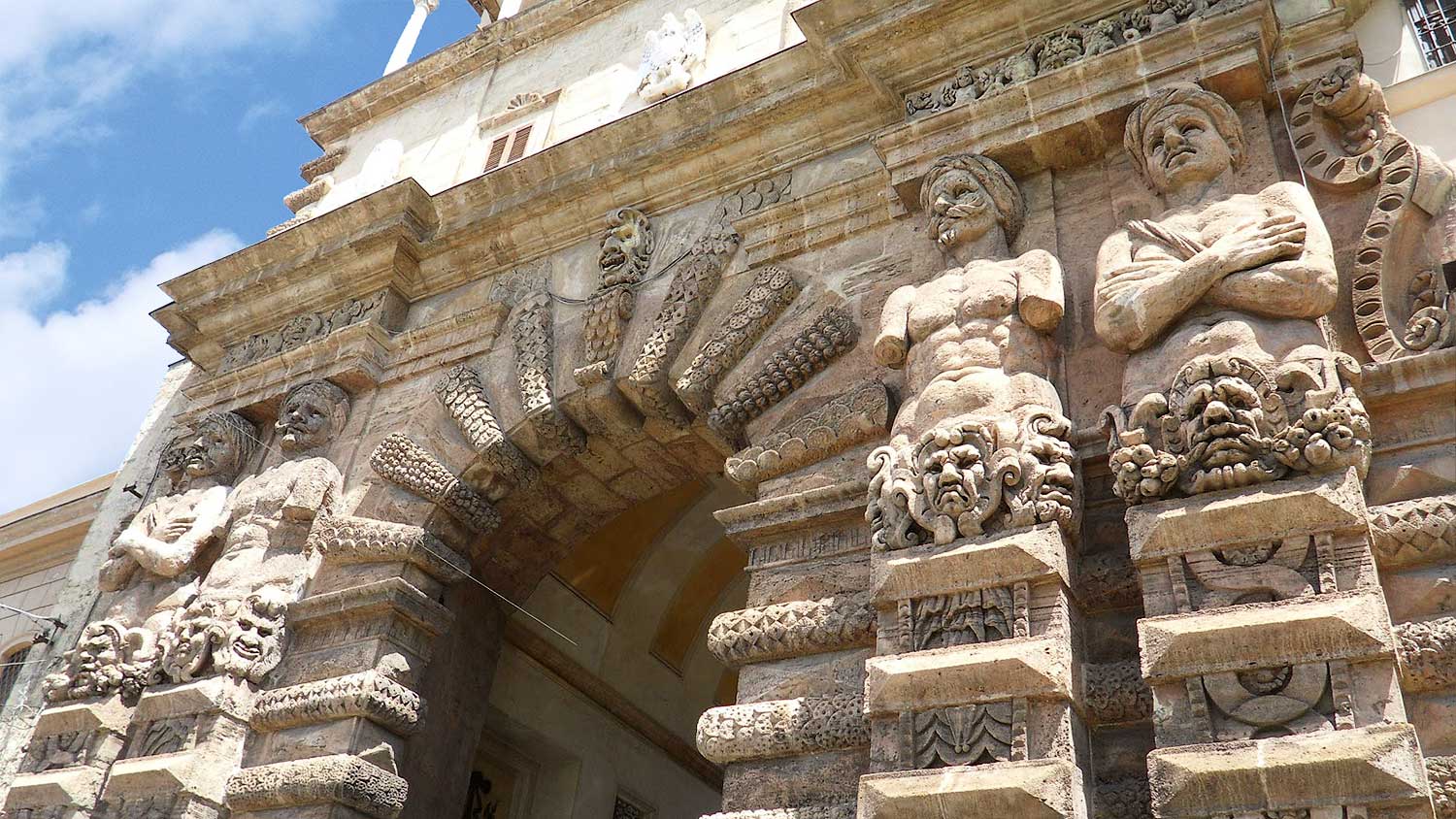
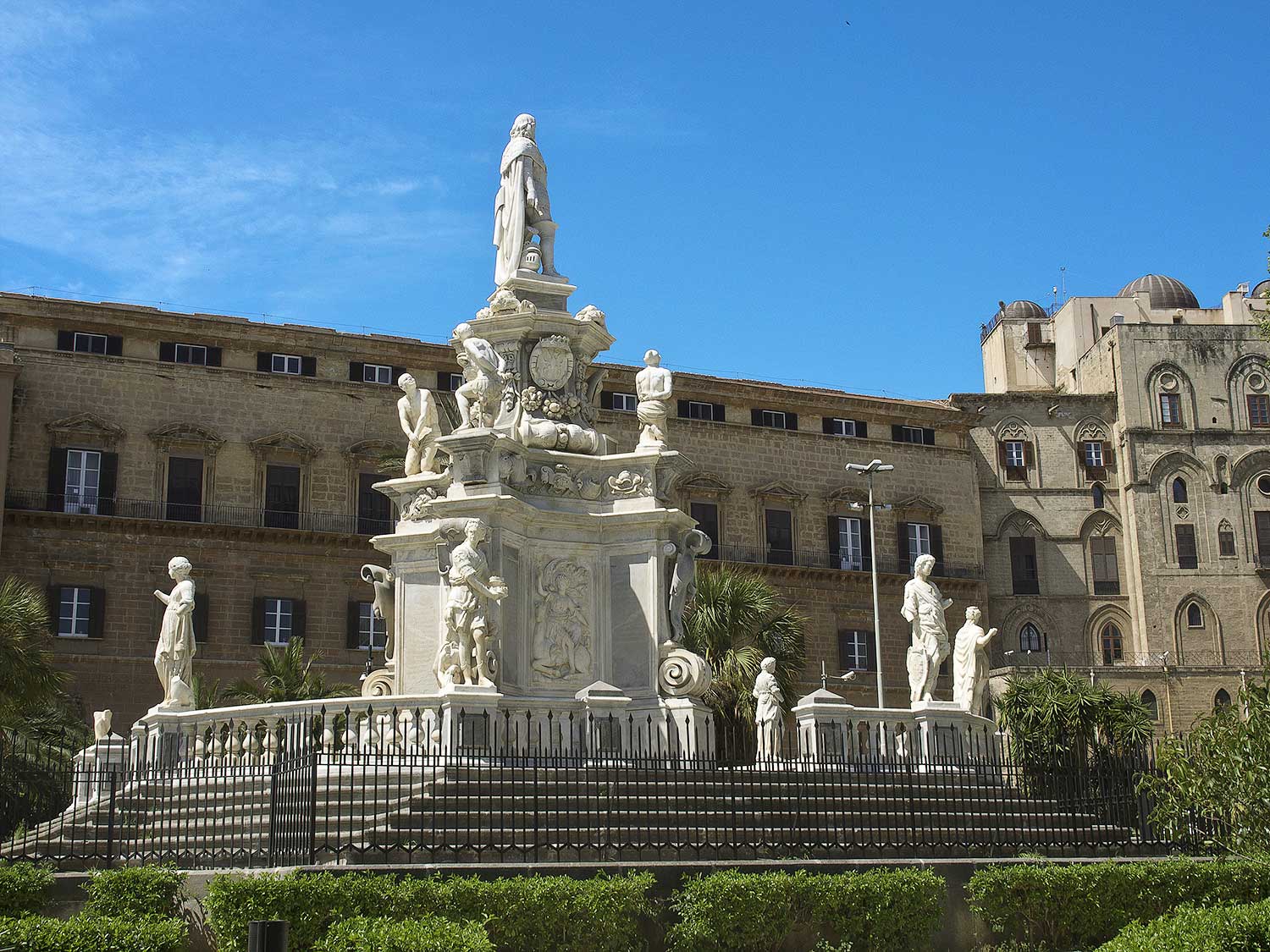
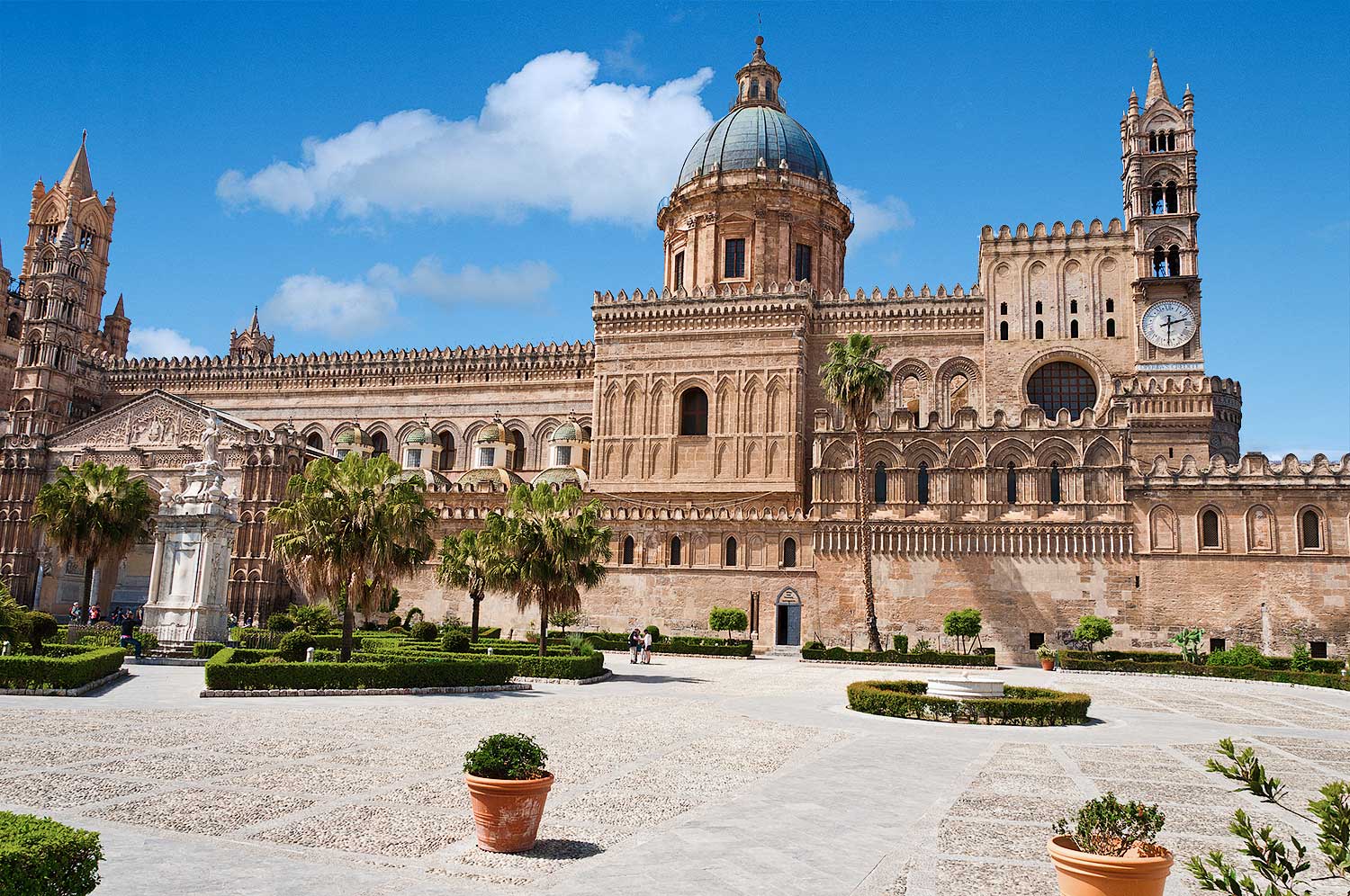
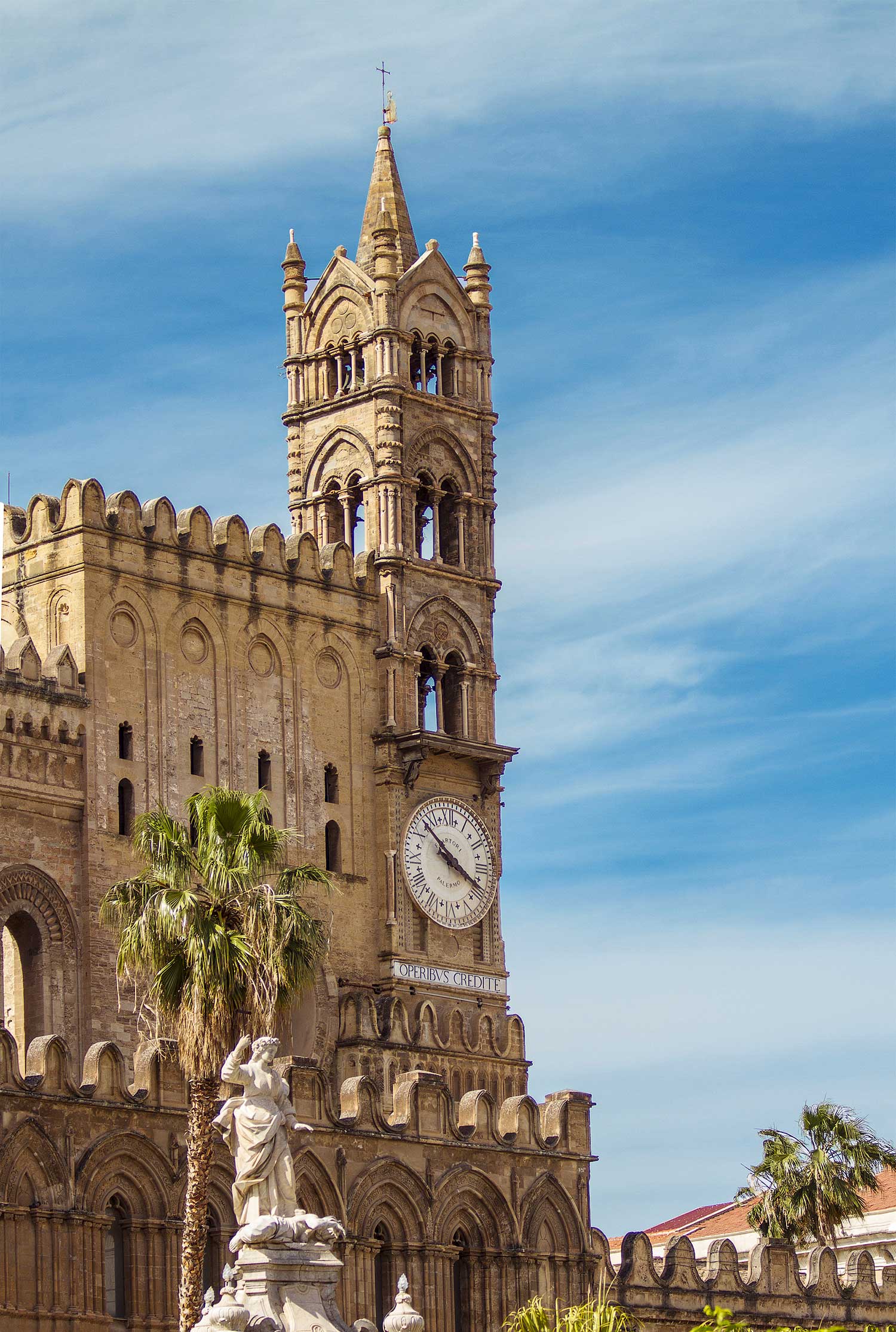
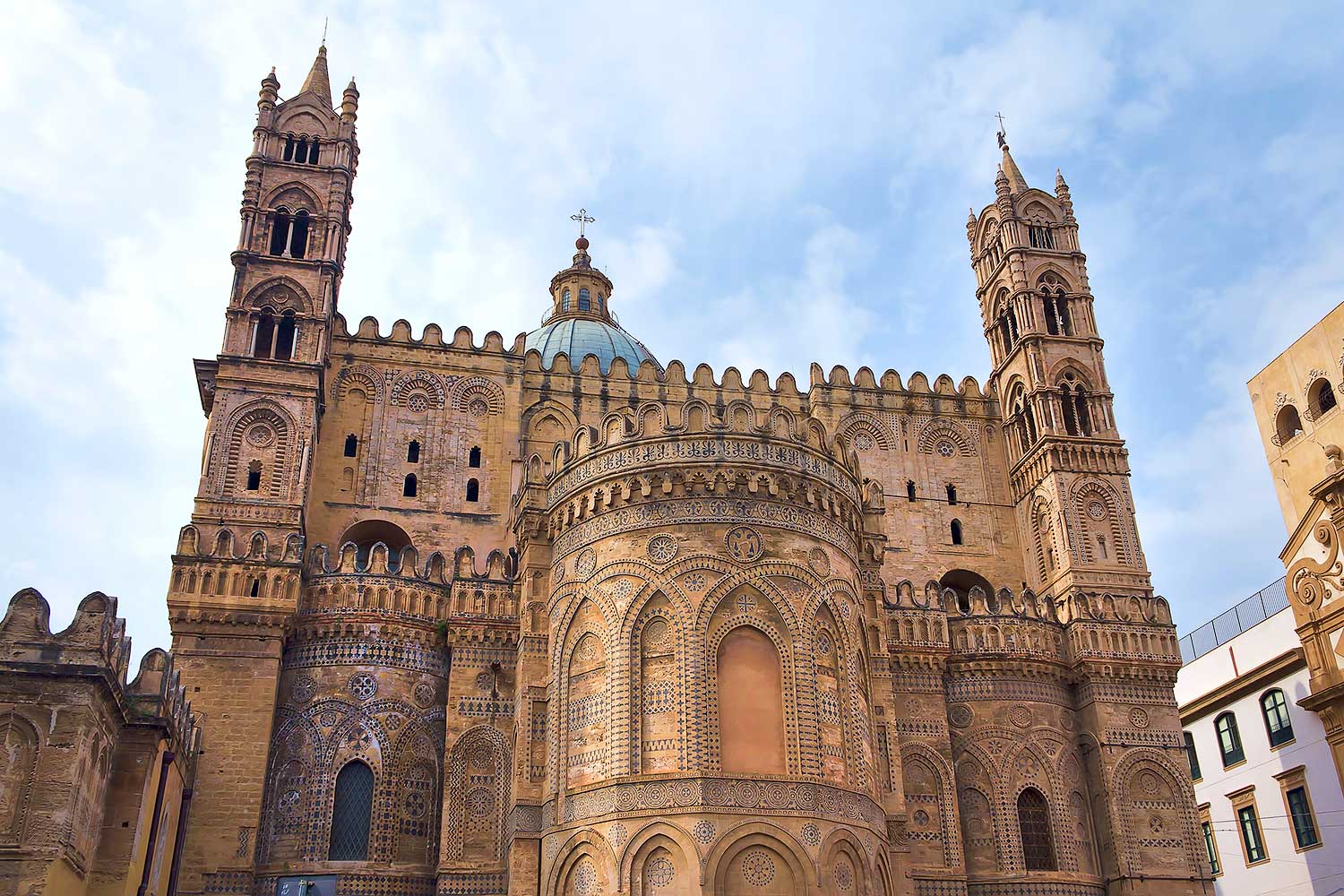
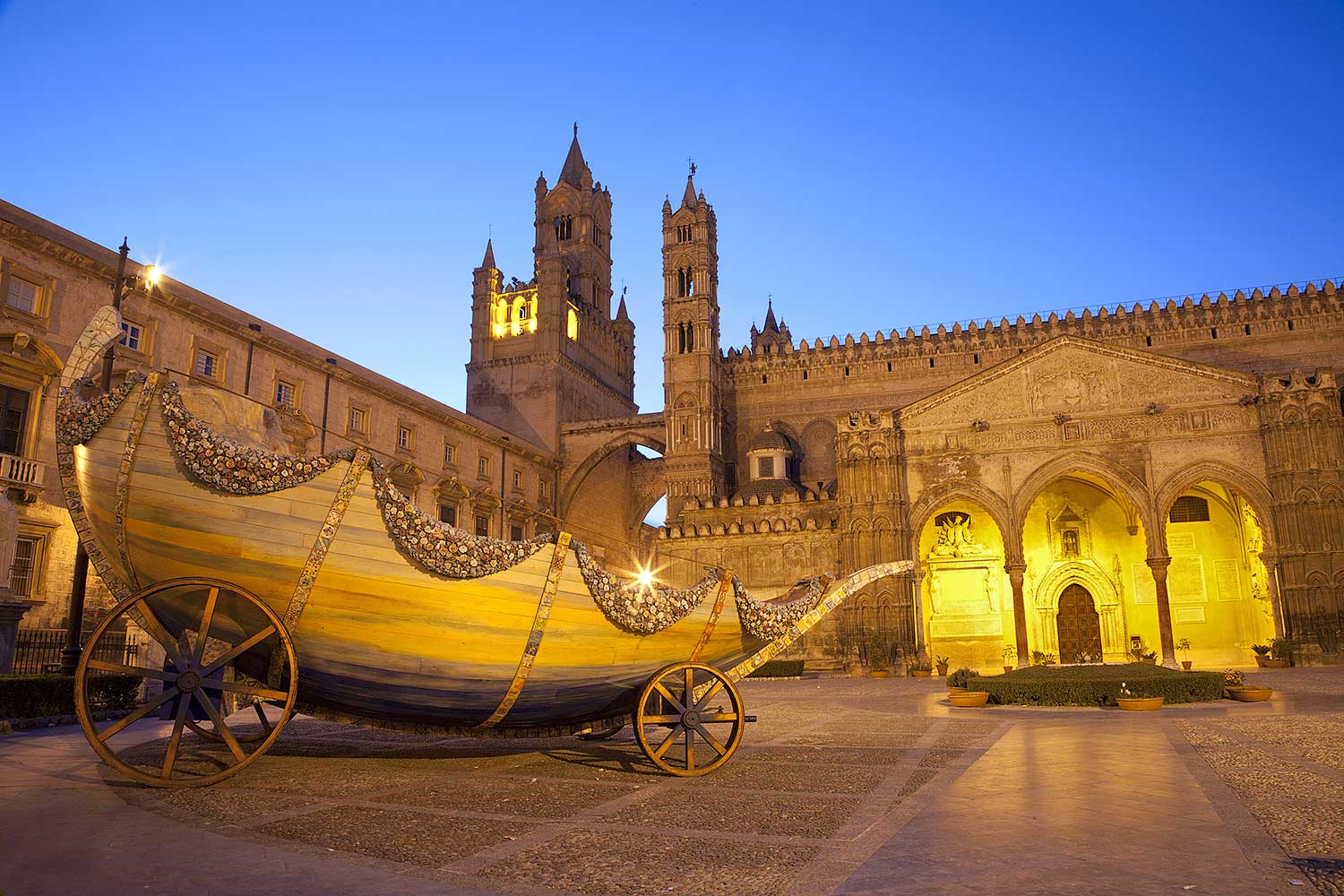
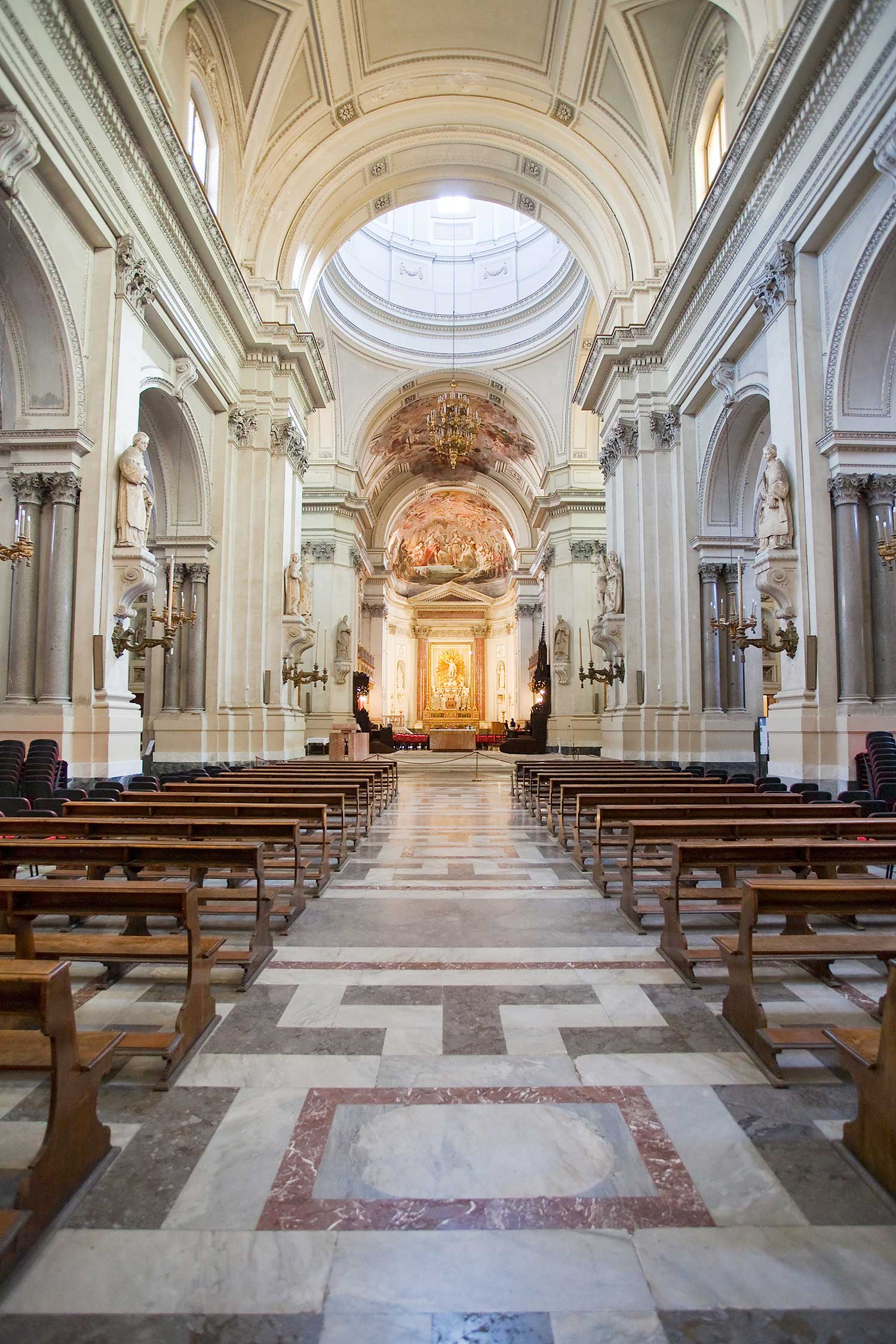
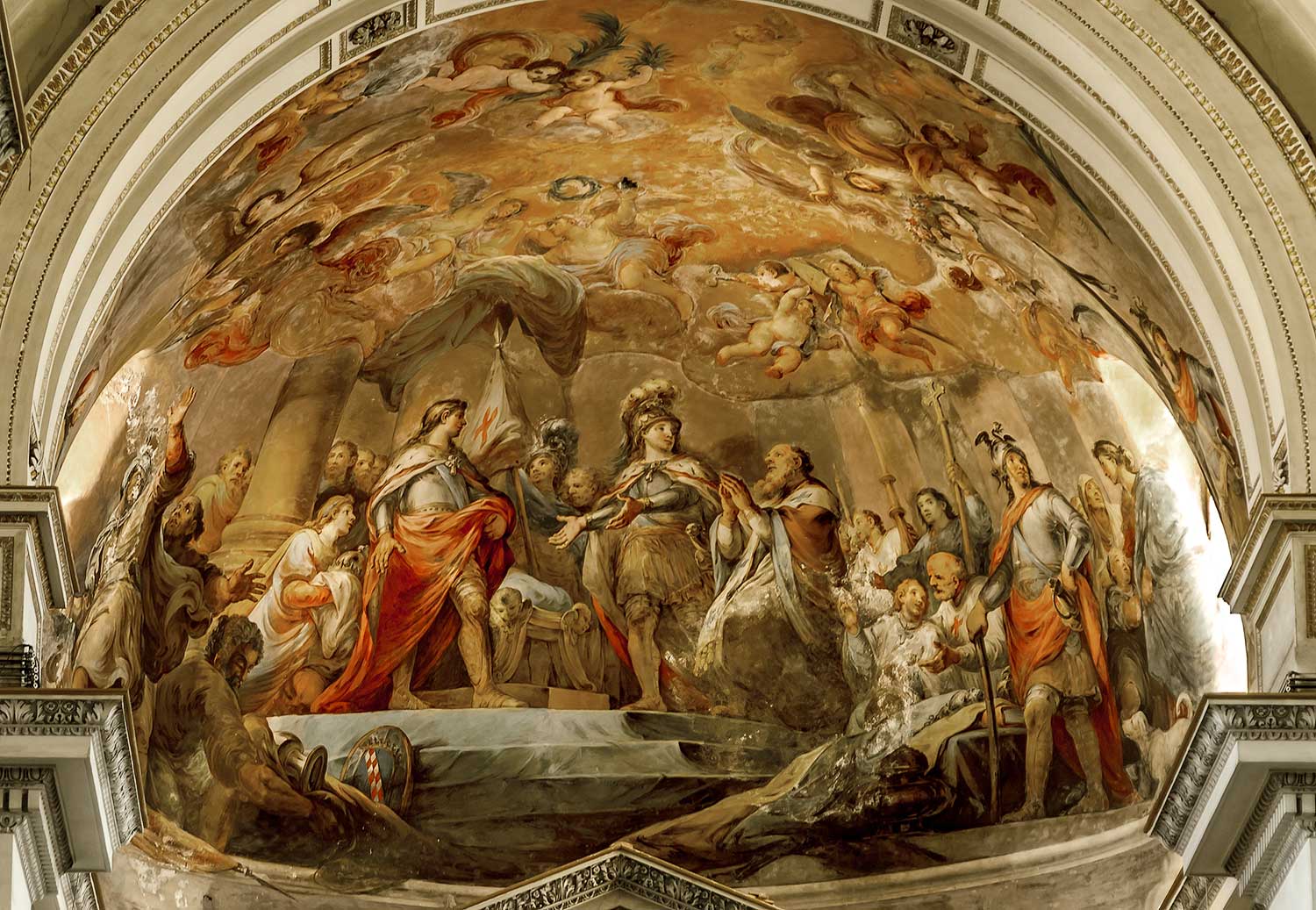
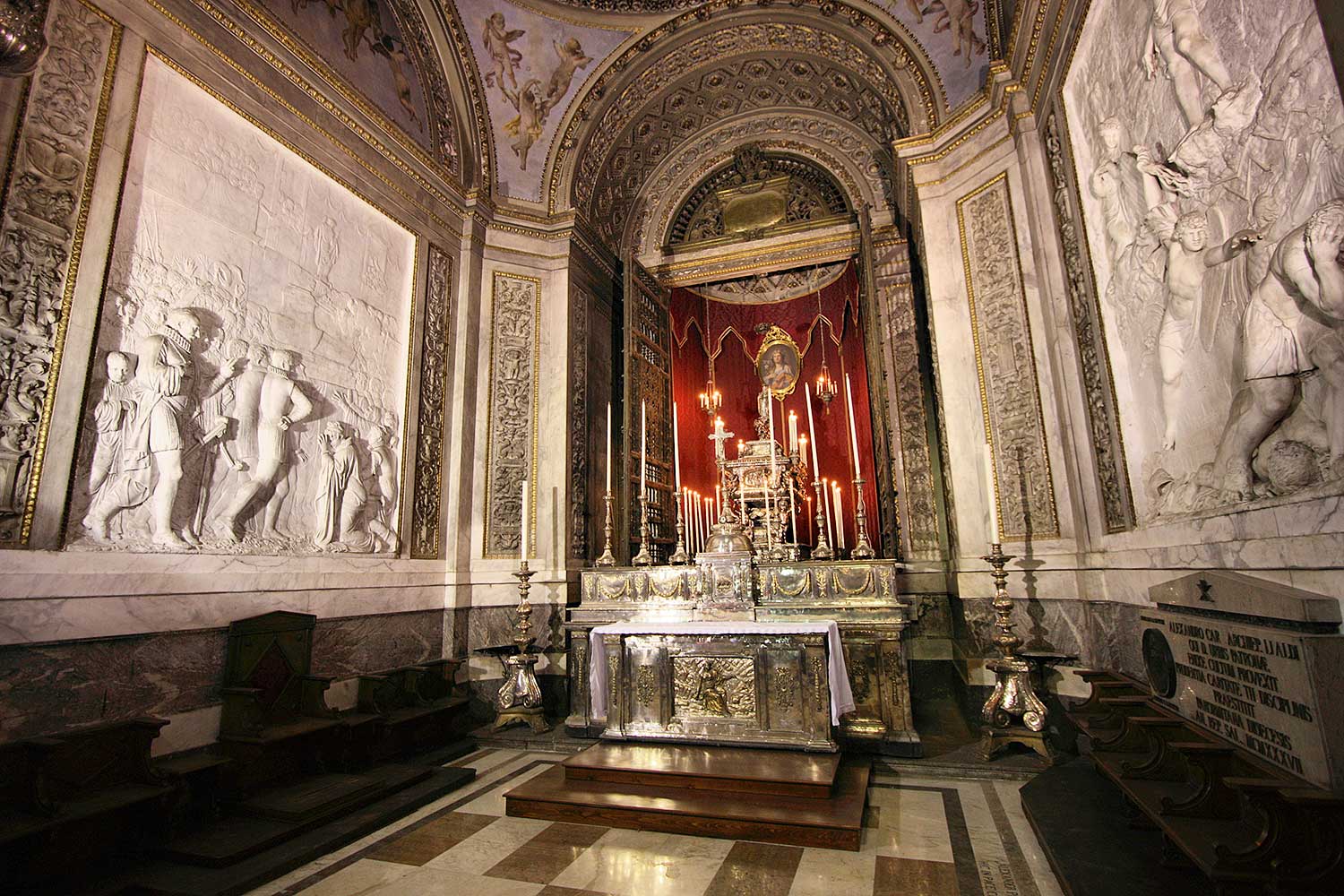
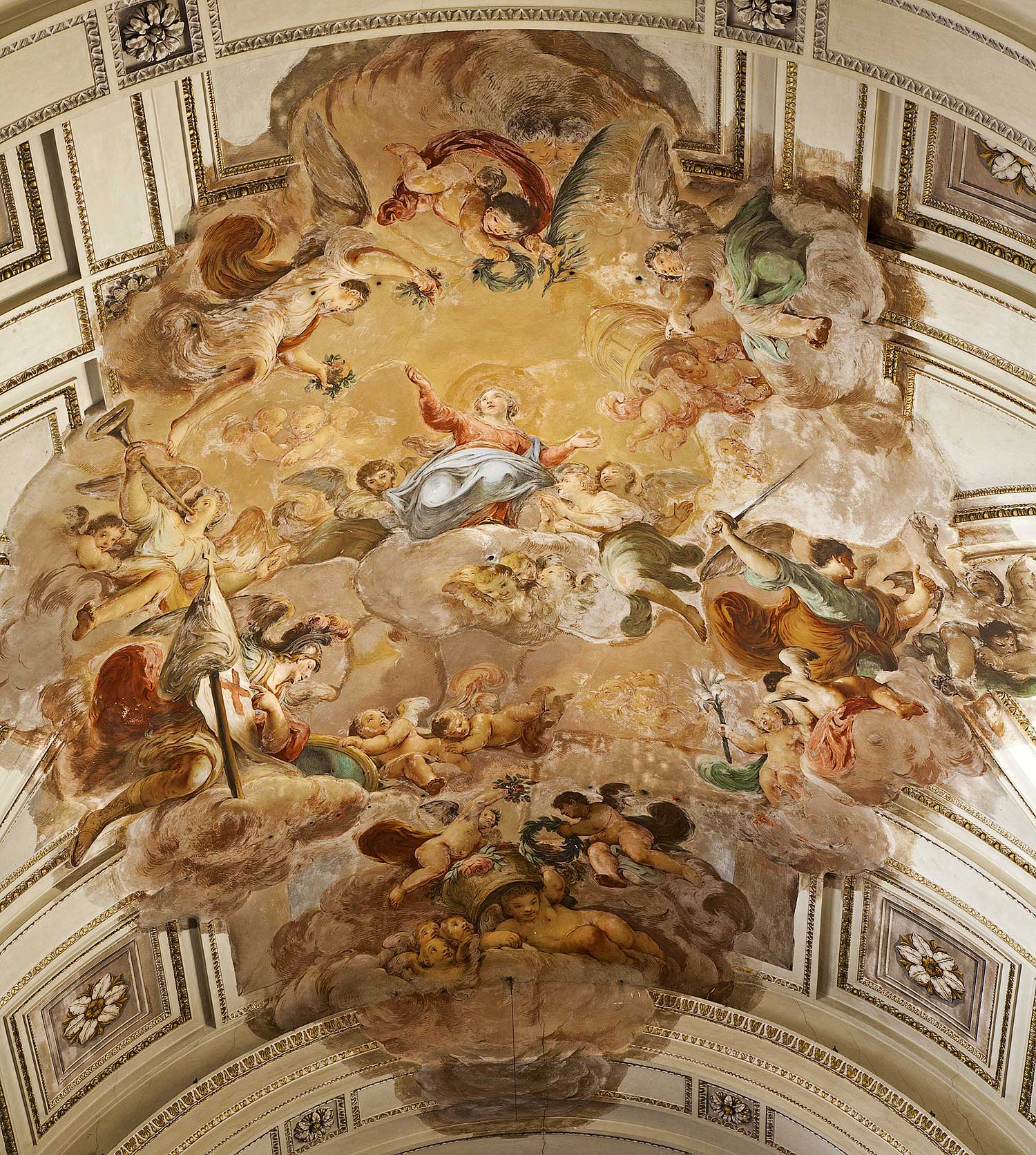

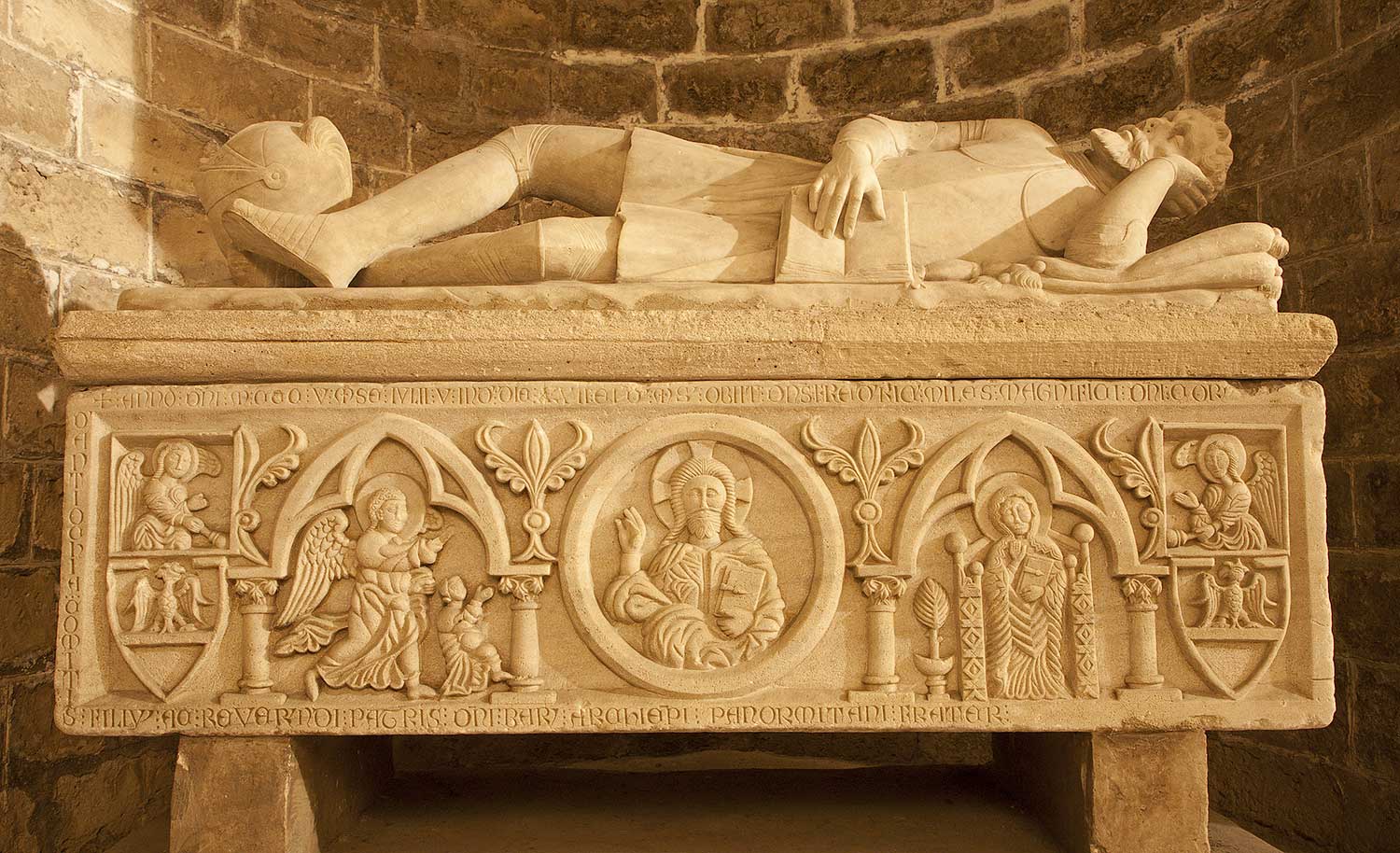

 Welcome to our blog!
Our website is already packed with information about sunny Sicily, but we still have more tips, information and photos, which you will find on this blog.
Feel free to contact us if you'd like to book your holiday on our beautiful island and check out our apartments, villas and holiday homes on our
Welcome to our blog!
Our website is already packed with information about sunny Sicily, but we still have more tips, information and photos, which you will find on this blog.
Feel free to contact us if you'd like to book your holiday on our beautiful island and check out our apartments, villas and holiday homes on our 
